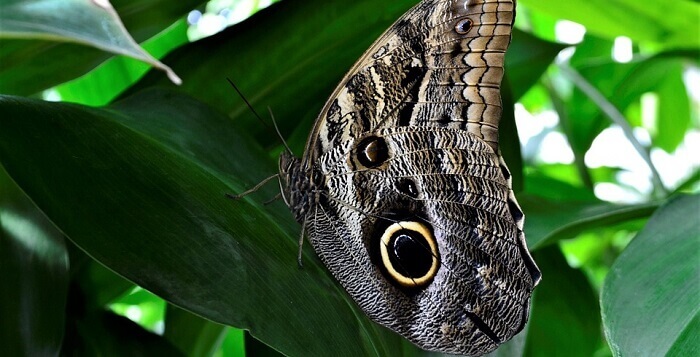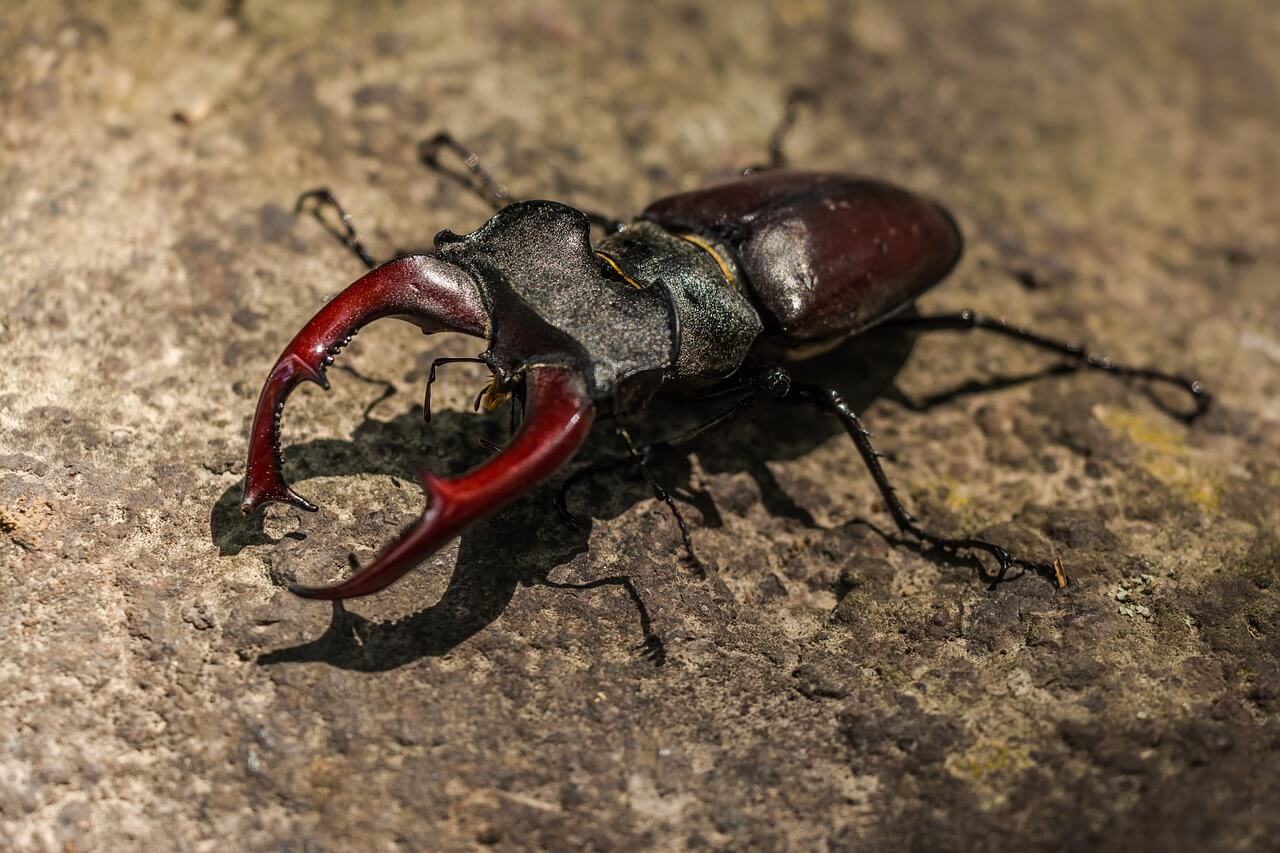Arthropods are the phylum (from the Latin phylum: classification) of invertebrate animals of more complex organization than exists.
They are the most numerous on the planet, adapted to all types of environment, which means that they are the existing animals with the greatest evolutionary success. The name arthropod means “articulated legs”.
It is estimated that there are more than 1,200,000 species of arthropods in the world, classified according to four large groups: arachnids, crustaceans, insects and myriapods. This represents 80% of the known animal species. Of all the kinds of arthropods, insects are the most numerous.
Origin of arthropods:
From its relationship with the annelids (worms and worms), it is speculated that arthropods could evolve from that other edge. Evidence of this is the similarity between the body of the annelids and the abdomen of insects and crustaceans, or the larval stage (caterpillars and larvae) of certain insects.
This edge would have appeared about 570 million years ago.

Characteristics Of Arthropods
1. Feeding
Arthropods, in their infinite evolutionary capacity, have different feeding mechanisms, such as:
Herbivores They feed on algae, leaves, stems, fruits or various plant substances, such as wood itself. Good example of this are the caterpillars.
Predators They feed on other animals, whether or not they are arthropods, constituting active and fearsome predators, such as spiders or scorpions.
Parasites They feed on the substances of other larger animals, such as blood, by extracting it directly from their bodies. A good example of this are fleas, lice and ticks.
Decomposers. They feed on decaying organic matter, taking advantage of the body of dead animals, fallen leaves or food debris, waste, etc. For example, flies and cockroaches.
2. Classification
As has been said, arthropods can be classified into four major groups:
Arachnids Like spiders, scorpions and ticks.
Insects The most varied and numerous, ranging from cockroaches, butterflies and fleas, to praying mantises and dragonflies.
Crustaceans. Mostly aquatic, such as the lobster or the crab, but also the cochineal moisture, adapted to the land.
Myriapoda Endowed with multiple legs and long bodies, as well as chelicerae, such as centipedes and millipedes.
3. Breathing
Being adapted to diverse environments and environments, arthropod breathing can occur through lungs or tracheas (air) or gills (water). The latter is characteristic of marine crustaceans, such as lobsters.
Those with lungs have them in a folding structure (lungs in a book), which appear in the air through independent openings. The ones provided with tracheas, on the other hand, who are the majority, breathe through a series of conduits that communicate to the outside.

Stag Beetle
4. Reproduction
Arthropods reproduce sexually and oviparously. The female, when fertilized, deposits eggs from which the offspring will emerge, whose development may be direct or indirect, namely:
Direct. From the egg arises an individual identical to the adult, although smaller.
Indirect. From the egg arises a different larva of the adult individual, which must go through different stages of profound change (metamorphosis) to become adults or imagos.
5. Privileged view
The eyes of the atropods can be simple or compound, according to the degree of complexity developed, ranging from simple spherical cavities of limited vision, to eyes constituted by radially arranged ommatidia, allowing them to observe in many directions at once.
Unlike many vertebrates, many arthropods can see certain spectra of nearby ultraviolet light, in addition to having a very rich color differentiation. Some species of crustaceans have thirteen different pigments for the observation of each color, while primates (and humans) have only three.
6. Articulated appendices
This is one of the main characteristics of the arthropods: their legs and their body are composed of different segments joined through articulations, which allows them a precise, fast and diverse movement.
This, in addition, has allowed the evolutionary creation of different forms of appendix, such as chelicerae, antennas, pincers or chelicerae, etc.
7. Segmented bodies
The body of the arthropods is segmented repeatedly (metamerism), similar to that of the annelids (hence the theory that proposes them as a previous evolutionary link). This one is composed, in the case of the arthropods, of well differentiated sections that obey the following order: head, thorax and abdomen.
8. Chitin exoskeletons
The body of the arthropods is protected from the weather and from their rivals or predators by a chitin skeleton, which is not found inside the body like ours (endoskeleton), but outside (exoskeleton).
This supposes an impediment for the growth of the animal, nevertheless, reason why the skeleton must be changed in several stages throughout its life, allowing the development of a new one, adapted to the new dimensions of the animal. This process is known as ecdisis or muda.

Scorpion
9. Hemolymph
Arthropods do not have blood like mammals, but an internal substance called hemolymph, which lacks specialized blood cells in cell transport (like our red blood cells).
10. Sensory perception
It is called sensilias to the basic sensory units of the arthropods, located throughout the body of these animals, being able to capture external and internal stimuli at the same time. This gives them a very high capacity to perceive their environment, partly responsible for their evolutionary success.